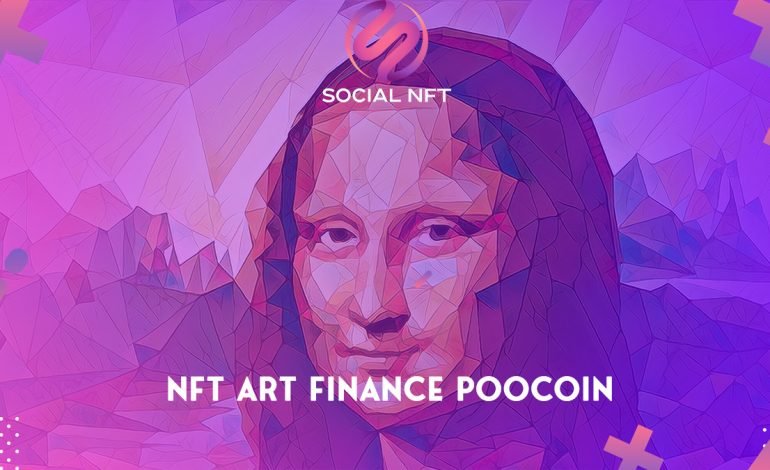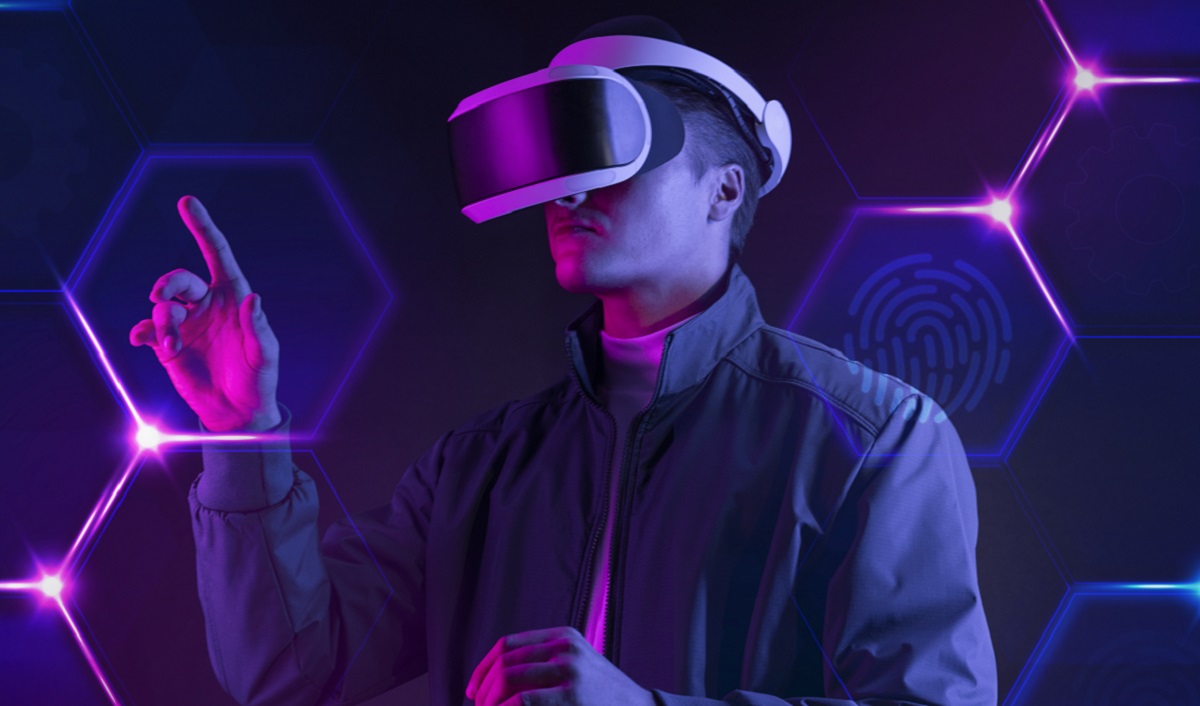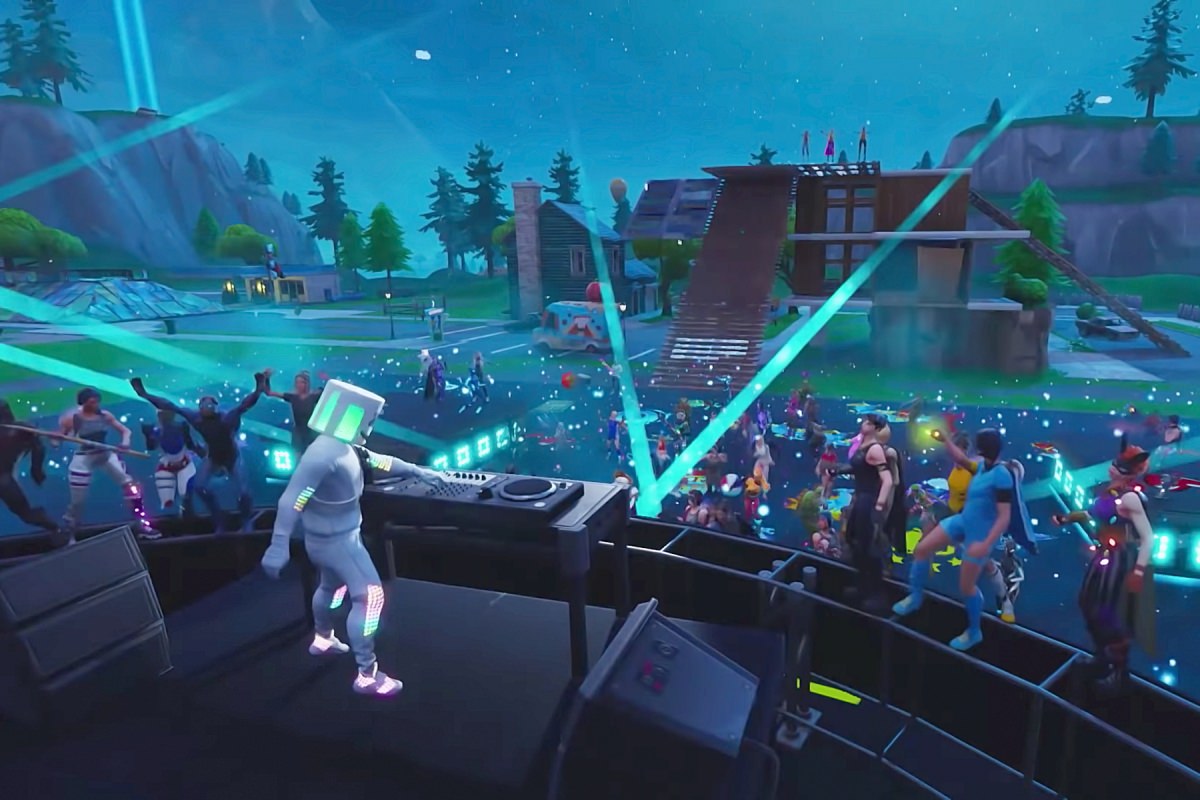The Top 5 Augmented Reality Development Platforms
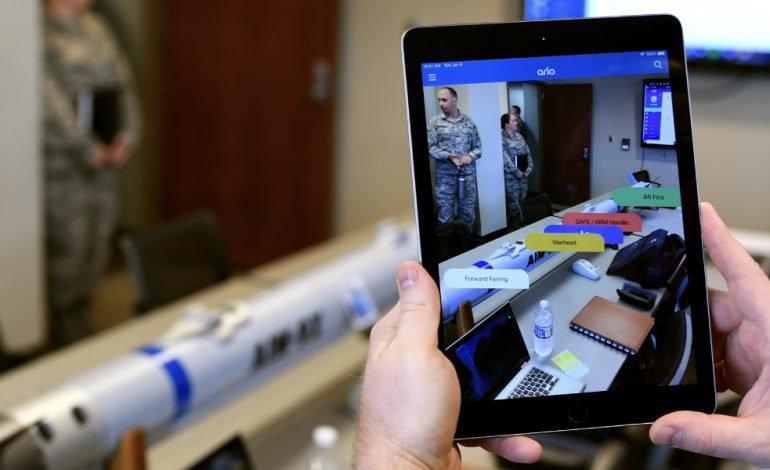
When most people hear the phrase Augmented Reality (AR) they think of the Pokémon Go craze that took the world by storm back in 2016. While there were many AR platform smartphone apps before that game, none were as massively successful or popular as Pokémon Go, leading to even more interest and development in this area of technology.
Within the next five years, we can expect to see growth and advancements in augmented reality from smartphone-based applications to enterprise-level systems that can be used in almost any industry imaginable. Now let’s take a look at the top 5 Augmented Reality development platforms of 2022…
Apple ARKit
ARKit is a framework that lets developers create augmented reality apps for iPhones and iPad. ARKit uses Apple’s new A11 Bionic chip, which features a six-core CPU and GPU with a neural engine, to render virtual content on top of the camera feed on your device in real-time. With ARKit, you can use six degrees of freedom (6DoF) to place objects on vertical surfaces like walls and doors. You can also use 3DoF to place objects more precisely in both landscape and portrait orientations.
Augmented Reality apps created with ARKit are viewable without any headset or glasses, so all of your friends will be able to see what you’re seeing when you share it. Best of all, since ARKit runs locally on iOS devices, there’s no need for an internet connection or data plan you can run these apps anywhere! And finally, because this development platform was developed by one of the most trusted companies in technology today, it comes preloaded with user interface widgets and other tools that make it easier than ever to get started building your own AR platform experience.
Facebook/Oculus
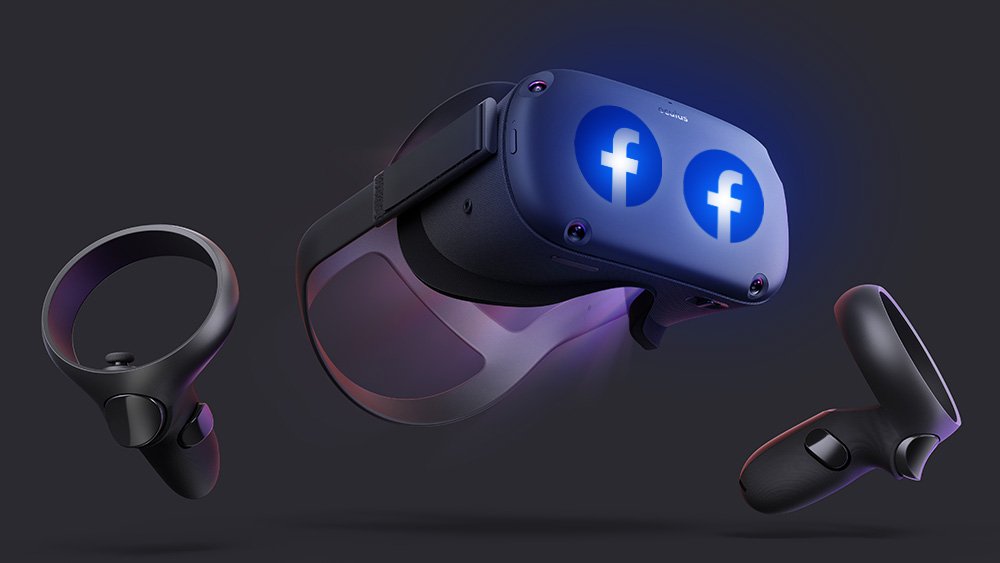
Facebook is an augmented reality development platform that enables developers to create virtual reality and augmented reality content. Facebook launched its most recent VR device, the Oculus Go, in 2018. It is a standalone headset that offers improved ergonomics, affordability, and convenience when compared to other headsets on the market.
The Oculus Go has a low-end model retailing at $199 USD with 64 GB of storage. A mid-range version priced at $249 comes with 128 GB of storage, while the high-end edition costs $399 and provides 256 GB of space. The new mobile VR system runs on Android’s operating system (Oculus 1), features built-in headphones, and integrates spatial audio. Developers can take advantage of social features like Parties (group chats for up to four people) or Rooms (virtual living space for one person).
In addition to games such as Moss or Robo Recall (2017), there are many new tools for developing nonfiction experiences such as Spaces: Hurricane Maria 360° Experience (2018).
Microsoft HoloLens
Microsoft is a leading provider of augmented reality technology. Their HoloLens is a self-contained, holographic computer that enables users to interact with holograms in their physical environment. The device can be used for interacting with data and images, as well as for manipulating and creating new 3D objects. Microsoft HoloLens has the ability to recognize gestures and voice commands. You will not find many issues if you have an iPhone or Windows Phone.
It can also work on an Android device via a USB or Bluetooth connection. There are some drawbacks including its weight, cost, and field of view which limits what you see while wearing it. However, it is among the best AR platform headsets available in the market today with features like six degrees of freedom (6DOF) for inside-out tracking and advanced hand recognition support for object manipulation or task completion
Google Tango
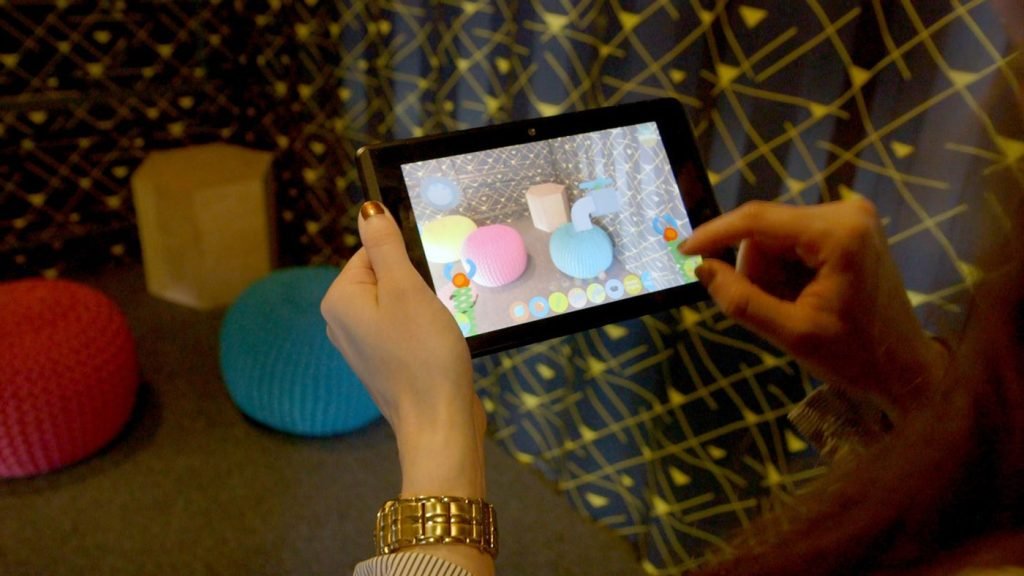
Google has been developing augmented reality for years. After the company’s 2012 acquisition of Viewdle, a mobile photo-sharing app developer, Google started experimenting with augmented reality interfaces for its Android devices. In 2013, Google introduced Project Tango – a tablet computer designed to map real-world spaces and integrate that data into AR platform experiences. The first consumer version of Project Tango was released in November 2017. The product is now available for purchase at Best Buy stores in the U.S., as well as on Amazon and directly from Google’s website. It retails for $499 USD (approximately $615 CAD).
The device features an 8MP f/2.0 rear camera, 180° field of view (FOV), 4MP f/2.2 front camera, Intel Atom x7 processor, 4GB RAM memory, and 128GB internal storage space. This device comes with two main applications: Google Tango Start which provides information about Project Tango hardware; and Design Lab which can be used to design 3D objects using AR platform tools like Unity or Unreal Engine and then import them into your project or use them as they are in any supported software package such as Maya or Solidworks.
PTC Vuforia
Vuforia’s focus on simplicity and ease of use makes it a great choice for beginners. The Vuforia SDK is free to download and Vuforia has a library of over 150,000 images and 3D assets that can be used to create compelling augmented reality experiences. It also has tools that make AR content creation much faster than other platforms.
For example, the Image Targeting Tool enables you to place objects with pinpoint accuracy by simply dragging them on the screen (no need for markers or target images). And VuMark allows developers to add AR platform functionality to existing apps without having to touch any code. So if you’re looking for an easy way to incorporate AR into your existing applications, this could be a good option.

